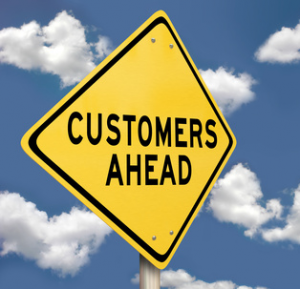Lead Strategy Creation 101
Lead Strategy
Lead strategy is, in part, about segmentation – ensuring that the proper messages are sent to your audience in a way that will make them convert. Many businesses find it hard to start identifying sales funnels and developing a lead strategy – in part because the term “conversion” or “conversion point” doesn’t make any sense.
A conversion is what happens when your customer buys, becomes a lead or otherwise engages with you in a way that meets your advertising goals. The term ‘conversion’ refers to the fact that the customer has converted to your brand messaging – meaning they find use for your products and find you trustworthy enough to leave their information or buy.
Identifying Your Conversion Point
For many businesses, there is no email collection form, phone number or other conversion point on the site – product sales will be the only way your business converts users. Having multiple conversion points gives you the opportunity to stay in touch with your audience and ensure future conversions. For instance, if you’re only selling products and never capturing a customer’s email, you may be missing out on valuable data that will lead to a conversion later. Your first step in creating a lead strategy is to identify your conversion points, and establish multiple points for conversion if you don’t have them already.
Lead Strategy: Identifying CPA
Your CPA (Cost Per Acquisition) reflects how many marketing dollars you must spend to get a sale. Obviously you want your CPA to decrease over time so that your marketing dollars result in a profit. You’d be surprised how many businesses haven’t identified a CPA. When creating a lead strategy, it’s important to take into account how much money you’re spending and your overall return. Lead strategy often requires investment, so it’s critical to know where your money is going.
Creating a Lead Strategy
Now it’s time to build funnels. Ask yourself these questions: How do clients find your site? What actions do they take when they get there? What does your buying process look like? Use these questions to imagine actual sales funnels that relate to your business offerings and selling points. Factor in whether or not your different sales points require different messaging to sell your clients faster – for instance, should clients who previously purchased products from you receive the same marketing messaging as new clients? These questions are important to answer.
Finally, get some help when it comes to lead strategy. Marketing automation might be the best bang for your buck – talk to us at Lead Liaison today to find out how marketing automation could change your marketing messaging and increase sales!



